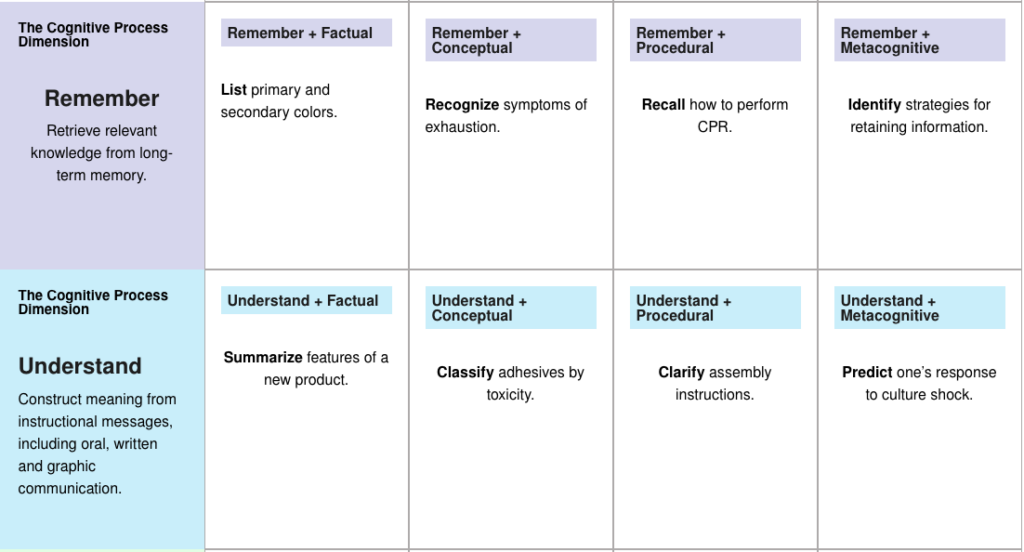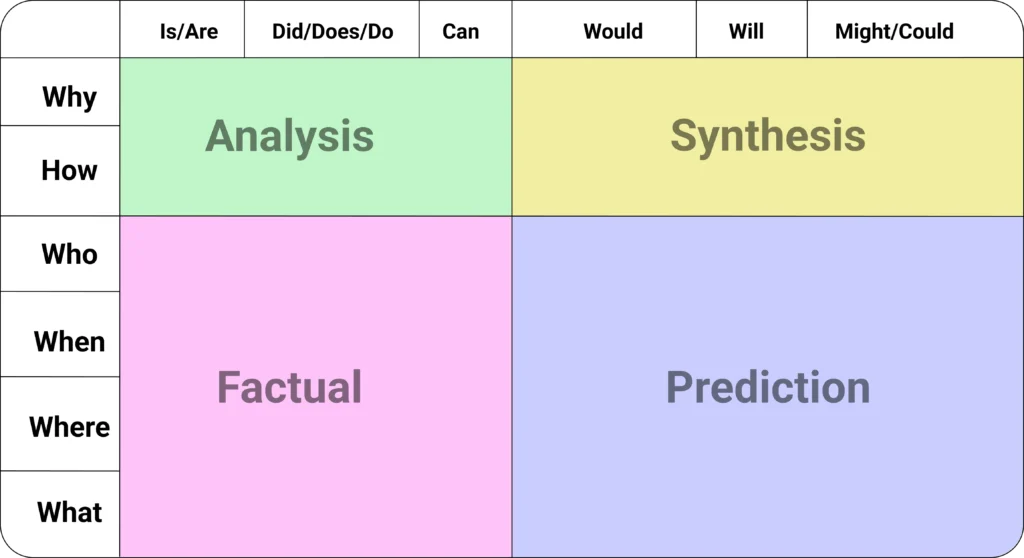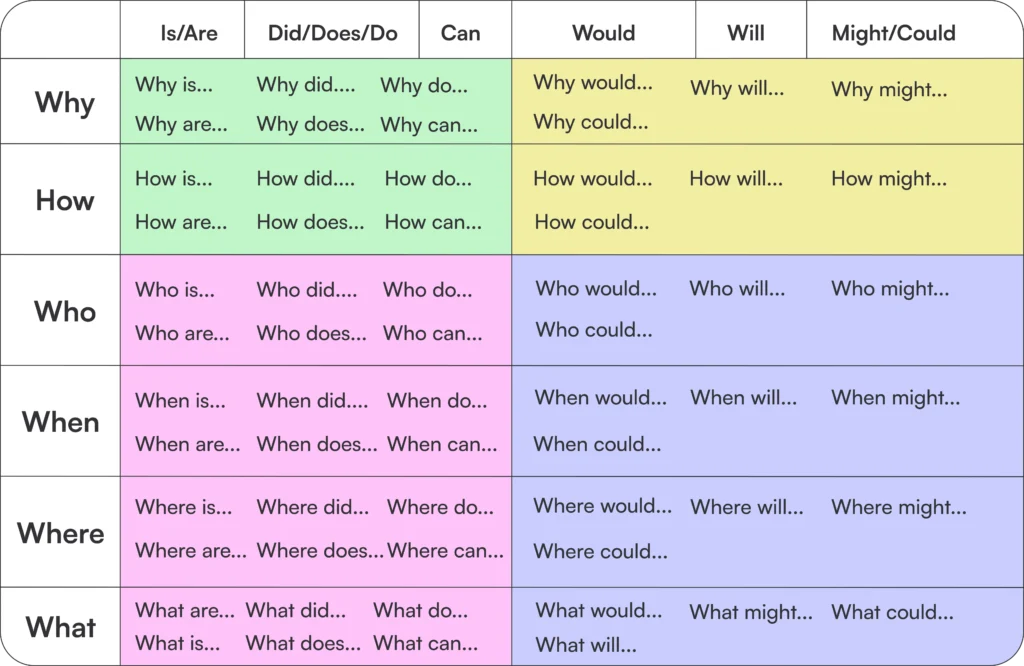5 Pillars of Effective Formative Assessment
The 5 pillars of effective formative assessment, identified by Dr. Paul Black and Dr. Dylan Wiliam in their formative assessment research, are:
🎯 Clarifying, sharing, and understanding learning intentions and success criteria
🔍 Eliciting evidence of learning
✍️ Providing feedback that moves learning forward
🧑🎓 Activating learners as instructional resources for one another
🧠 Activating learners as owners of their own learning
We designed Short Answer, and our theory of change, around actualizing each of these pillars to improve K12 writing instruction and assessment across the curriculum. Often times, that means assessing students’ understanding of content through writing. In this post, we want to focus specifically on pillar #2 and a helpful strategy for increasing the rigor of your assessments to elicit a fuller picture of student learning

A Common Challenge
An all too common problem in daily K12 formative assessment lies in…
⚠️ Eliciting too much of the same kind of evidence. ⚠️
Using Bloom’s Revised Taxonomy as our guide, the daily assessments we use tend to focus almost entirely on eliciting student’s ability to simply remember or understand content (see image above for examples). We too often don’t move beyond these levels to measure our students’ ability to apply, analyze, evaluate, or create information based on their understanding. This is a problem because these levels of thought give us a full sense of how well a student can actually use new class content or abilities.
Overcoming the Challenge
To overcome this challenge, reflect on the questions you use to elicit student understanding. We’ve written about this and created a free question creation chart to provide you with sentence stems that will help you be more intentional about the evidence you elicit.
If too many of your questions are coming from the Pink box (see charts above and below), try mixing them with question stems from the Purple, Yellow, and/or Green boxes. For example:
Social Studies: Instead of “Who was George Washington?” (Pink), make it “Who was George Washington (Pink) and how did his presidency influence the development of the US presidency?” (Green).
Science: Instead of “What role does the nucleus play in a cell” (Pink) build up to “What role does the nucleus play in a cell and how might that play a role in adolescent development?” (Yellow).
Math: Instead of “Where does multiplication sit in the order of operations (Pink)” maybe make it “Where does multiplication sit in the order of operations and how does that influence your process when solving question #5?” (Green).
ELA: Instead of “What does Nick Carraway reveal about Gatsby’s origins in Chapter 6?” (Pink) ask “What does Nick Carraway reveal about Gatsby’s origins in Chapter 6 (Pink) and what might this say about how Carraway views Gatsby?” (Purple).
These questions not only increase the rigor of our assessment, they’re also a great way to have students practice writing in almost any content area.
Next Steps
The challenge with using these sorts of questions is that they tend to be more time consuming to grade, as they don’t easily translate into multiple choice, matching, or other assessment formats that can automate grading. Short Answer is built to help you increase the rigor of your daily assessment without that added time burden in grading and feedback, as students are centered in the feedback process.
Want more free PD resources like this question creation guide? Reach out to our team using the button below, we’re happy to share presentations, research, and other free resources to improve writing instruction and formative assessment in your classroom.








